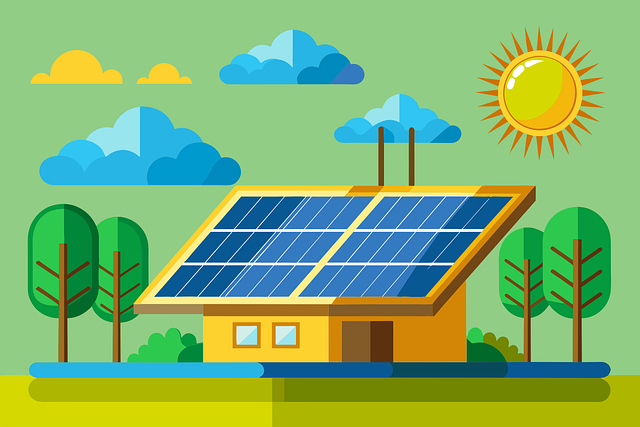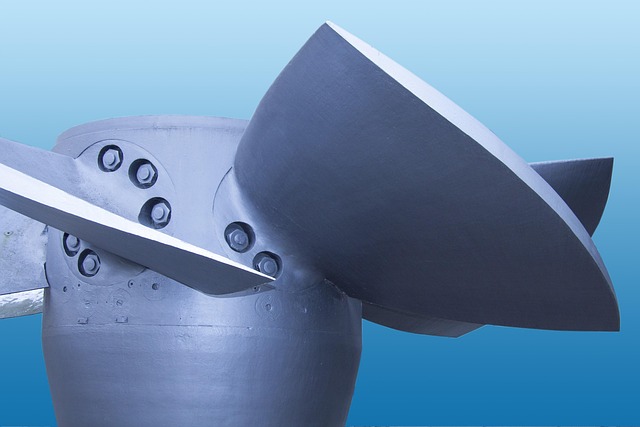Greywater, derived from household wastewater, offers significant environmental and economic benefits through drip irrigation systems. By capturing, treating, and reusing water from sinks, showers, and laundry, households reduce freshwater demand, lower water bills, and promote sustainability. Drip irrigation efficiently delivers treated greywater directly to plant roots, minimizing evaporation and run-off, making it ideal for conserving water in both rural and urban settings. Global adoption has shown success in reducing freshwater usage, increasing crop yields, and easing strain on local water supplies, particularly in arid regions.
“Unleash sustainable water management with greywater systems—a revolutionary approach to reuse. This comprehensive guide explores the potential of transforming household wastewater into a valuable resource. From understanding the benefits of greywater to uncovering various collection methods, we delve into efficient systems for reuse in gardening and agriculture.
Discover how drip irrigation integration optimizes water conservation, offering a practical solution for eco-conscious individuals. Learn about installation considerations, real-world case studies, and the significant impact of adopting this technology.”
- Understanding Greywater: What It Is and Its Benefits
- How Greywater Systems Work for Efficient Reuse
- Types of Greywater Collection Methods
- Integrating Drip Irrigation with Greywater Systems
- Key Considerations for Installation and Maintenance
- Case Studies: Successful Implementation and Impact
Understanding Greywater: What It Is and Its Benefits

Greywater, a term that might sound unfamiliar, refers to the water from household sources like sinks, showers, and laundry machines, excluding toilet flushes. Despite its name, it’s not the same as raw sewage; instead, it’s treated and reused for non-potable purposes, offering numerous environmental and economic benefits. One of the most popular applications is in drip irrigation systems, where greywater can be directly distributed to plants, conserving freshwater resources.
The advantages of implementing a greywater system are significant. It reduces the strain on municipal water supplies, lowers household water bills for residents, and minimizes the energy required for treating and transporting water. Moreover, it promotes a more sustainable lifestyle by closing the loop on what was once considered waste water. This eco-friendly approach not only benefits the environment but also encourages communities to adopt more efficient water management practices.
How Greywater Systems Work for Efficient Reuse

Greywater systems are designed to capture, treat, and reuse water from sources like sinks, showers, and laundry machines, instead of allowing it to flow into traditional sewage systems. This efficient process involves several components working together. Firstly, a greywater collection system gathers the used water from various household fixtures. The water is then filtered to remove solids and debris, ensuring that only liquid is stored. This pre-treated water can be utilized for non-potable purposes like drip irrigation in gardens, flushing toilets, or even washing machines, significantly reducing the demand for fresh water. Additionally, some systems employ UV disinfection or oxidation techniques to kill bacteria and viruses, making greywater safe for various applications.
The implementation of these systems offers a sustainable solution to conserve water resources. By utilizing treated greywater for non-potable uses, households can decrease their overall water consumption, helping to mitigate strain on local water supplies. This eco-friendly approach aligns with the growing need for water conservation, especially in regions facing water scarcity or experiencing population growth.
Types of Greywater Collection Methods

Greywater systems capture and treat wastewater from sources like sinks, showers, and washing machines for reuse in non-potable applications, significantly reducing water consumption. There are several methods to collect greywater, each with its advantages and suitability depending on the setting. One common approach is the drip irrigation system, where greywater is collected directly from fixtures and distributed through pipes to plants or other non-potable uses. This method is ideal for outdoor areas like gardens, allowing efficient watering while conserving fresh water.
Another popular technique involves gravity-fed systems, which are often simpler in design. Greywater from fixtures is directed into storage tanks via piping, utilizing natural gravity flow. These systems can be used for various applications, including toilet flushing and irrigation within the home or community. The choice between these methods depends on factors like available space, desired application, and the level of treatment required, ensuring a sustainable water management strategy.
Integrating Drip Irrigation with Greywater Systems

Integrating drip irrigation with greywater systems offers a sustainable and efficient solution for water conservation. Drip irrigation is a precise watering method that delivers water directly to plant roots, minimizing evaporation and run-off. By harnessing greywater—recycled water from sources like sinks, showers, and washing machines—drip irrigation systems can provide plants with a reliable source of water while reducing the demand for fresh tap water.
This integration is particularly beneficial in regions facing water scarcity or those looking to decrease their environmental impact. Greywater, being less contaminated than blackwater (sewage), is safe for agricultural use and can significantly contribute to overall water savings. Moreover, drip irrigation ensures that plants receive the optimal amount of water they need, promoting healthy growth while minimizing waste, making it a smart choice for eco-conscious gardeners and farmers.
Key Considerations for Installation and Maintenance

When implementing a greywater system, several key considerations come into play for both installation and ongoing maintenance. Firstly, proper placement is crucial; connecting the system to suitable outlets like shower drains or laundry machines ensures efficient water collection. Secondly, regular cleaning and filter replacement are essential to prevent clogs and maintain water quality, especially when employing drip irrigation techniques which require clear, non-particulate water.
Additionally, understanding local regulations and codes regarding greywater reuse is vital to ensure compliance and avoid potential legal issues. Regular system monitoring, including checking for leaks or unusual odours, helps identify problems early on. Lastly, consider the environmental impact; efficient greywater management can significantly reduce household water consumption, contributing to sustainable water use practices.
Case Studies: Successful Implementation and Impact

Many communities around the world have successfully embraced greywater systems, showcasing their potential to transform water consumption. For instance, in arid regions like Australia, several households and farms have implemented greywater recycling systems, significantly reducing their freshwater usage. These systems collect and treat wastewater from sources like bathrooms and kitchens for reuse in irrigation or even indoor flushing. A notable case is the town of Manjimup in Western Australia, where residents adopted a comprehensive greywater program. By using drip irrigation with treated greywater, local farmers witnessed increased crop yields while decreasing their dependence on mains water by up to 50%.
Another successful example comes from California, USA, where urban dwellers have integrated greywater systems into their homes. These innovative designs allow for the reuse of water from laundry machines and sinks for drip irrigation in gardens and landscapes. This not only conserves precious water but also fosters a more sustainable approach to gardening. The impact is evident in reduced water bills for homeowners and less strain on local water supplies during periods of drought.
